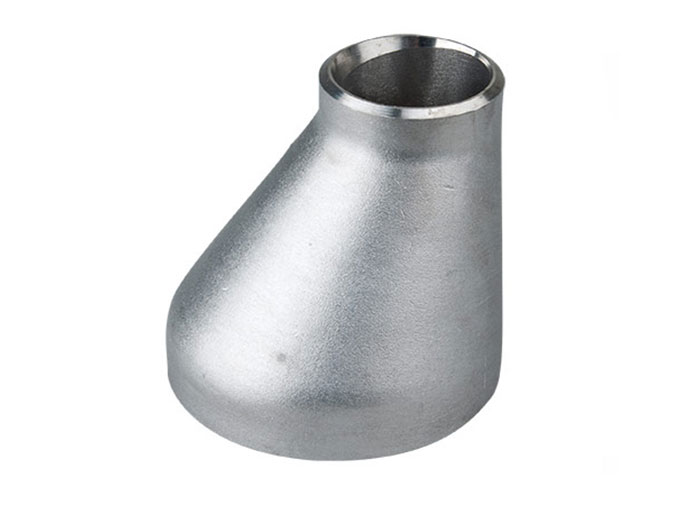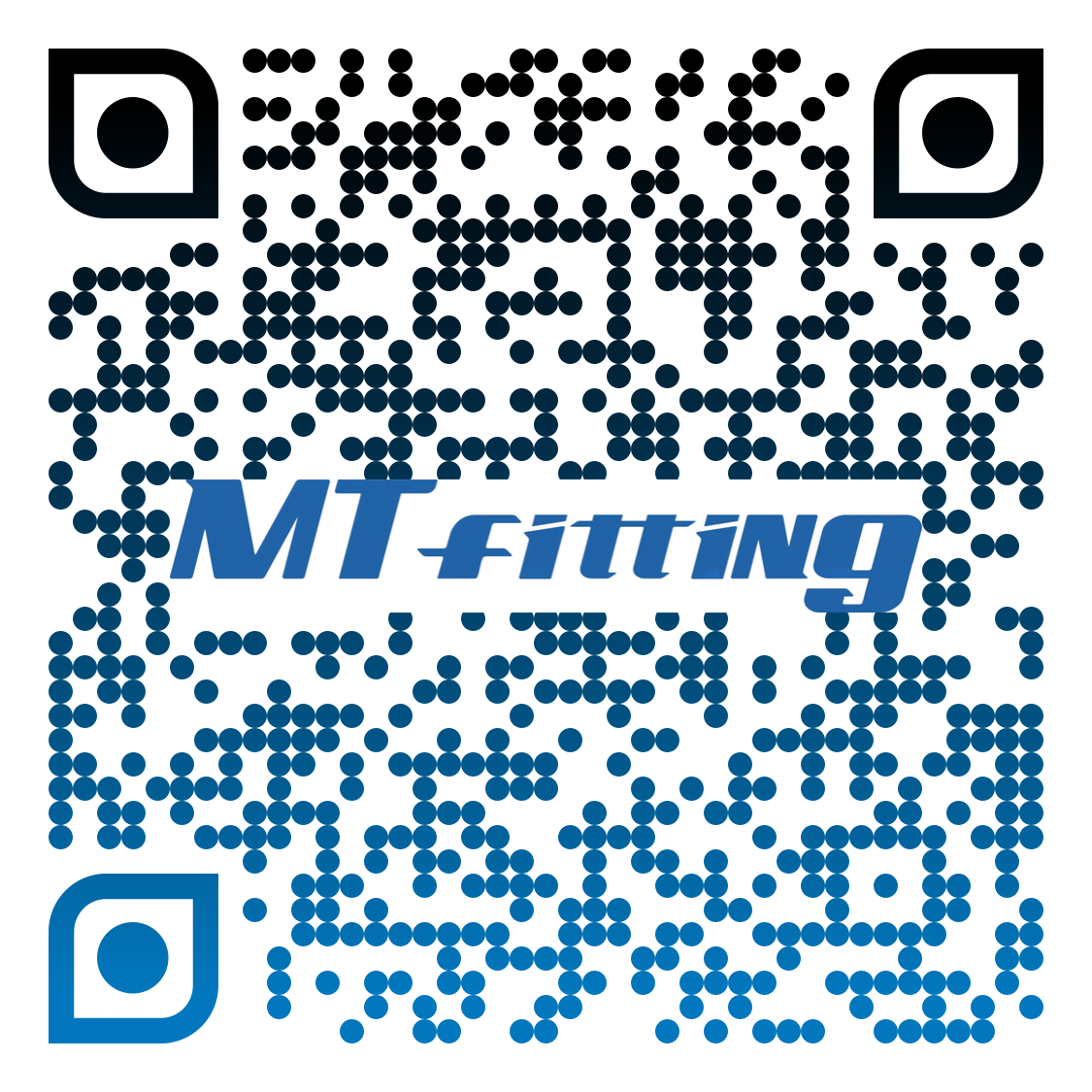产品介绍
SPECIFICATIONS OF PIPE FITTING
Materials
Type
Outer Diameter
Wall Thickness
Standard
Austenitic
Duplex Steel
Nickel Alloy
Cobalt Alloy
Ferrite
EIbow/Tee/Reducer/Cap
≤2000mm;
≤DN2000;
≤80"≤30.96mm;
≤Sch160ASTM A403
ASTM A815
EN 10253-4
ASTM B366
…Stub End
≤800mm
≤DN800
≤32"Eccentric Reducer is a pipe fitting commonly used in pipeline systems to connect two pipes of different diameters. Unlike concentric reducers, the large and small diameters of eccentric reducers are not on the same center line, but are connected by offset. This design prevents liquid or gas from accumulating at the low point of the pipeline when the fluid flows in the pipeline, ensures the smoothness of the fluid flow, and reduces the deposition or bubbles in the pipeline. It is especially suitable for pipeline systems that need to remove water or gas. Eccentric reducers are widely used in industries such as petroleum, natural gas, chemicals, electricity, HVAC, food, pharmaceuticals, and papermaking, especially for pipeline systems that need to discharge or reflux, such as pressure pipelines, drainage pipelines, ventilation pipelines, and liquid delivery pipelines. Its unique design can ensure that the fluid in the pipeline system maintains a stable flow rate, reduce energy loss and improve efficiency.

Pipe Fitting Manufacturing Process:
Cutting: Precisely size pipes to design specifications.
Forming: Shape via cold pressing, hot bending, or die forging methods.
Welding (segmented parts): Perform joint welding followed by weld seam polishing.
Heat Treatment: Mitigate internal stresses and optimize material strength.
Surface Treatment: Apply sandblasting, electroplating, or corrosion-resistant coatings.
Inspection: Validate dimensions, conduct pressure endurance tests, and execute non-destructive testing (NDT) for compliance certification.
How do we ensure the quality of pipe fittings?
1. Raw material control
Secondary verification ensures reliability
The raw materials we use are all from well-known domestic steel mills such as Baosteel, Qingshan, and Yongxin, with stable and reliable quality. Each batch of materials must be accompanied by a material warranty (MTC) and a positive material identification test (PMI) report before arriving at the factory. After arrival, we will conduct PMI analysis and related inspections again to double-verify its chemical composition and material properties to ensure that it meets production standards and customer needs.
2. Production process management
Full process tracking and quality control
Hongdi is equipped with advanced processing equipment, including CNC lathes, automatic laser cutting equipment, 1,000-ton hydraulic forming machines, elbow mandrel pushers and other key equipment. Each process is strictly controlled by experienced engineers and technicians. Quality inspectors track and take photos of key nodes throughout the process, and use standardized process flow cards for operation guidance to ensure that the products are traceable and consistent.
3. Inspection before delivery
Full inspection before delivery
MTSCO's quality inspection team conducts strict inspections on each finished product, including appearance inspection, PMI verification, size verification, quantity confirmation and non-destructive testing. According to product requirements, we will also carry out in-depth laboratory projects such as mechanical property testing, chemical analysis, and intergranular corrosion testing. For welded pipe fittings, raw materials and finished products must pass 100% ultrasonic or radiographic non-destructive testing.
In addition, we support independent audits by third-party inspection agencies such as SGS, TUV, and BV.
MTSCO has rich operating experience in packaging and container transportation. Large pieces are wrapped in plastic wrap, small pieces are sealed with foam film or plastic, and pearl cotton is added to the port position for protection. The outer packaging is handled with wooden boxes or pallets, and the container is reinforced with wooden strips and ropes to ensure transportation safety. All inspection data and packing processes are recorded and archived with photos to meet customer traceability requirements.








